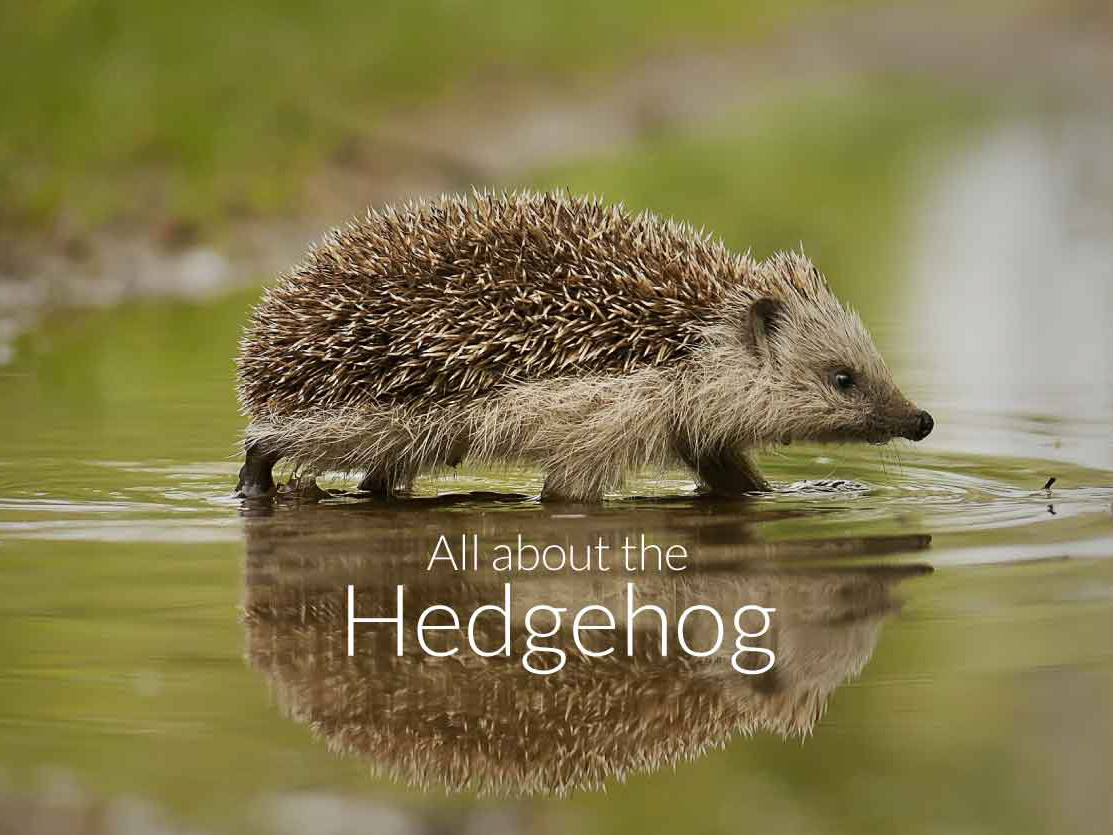While daylight hours gradually increase, the closing of winter brings a little more brightness to our mornings and early evenings, therefore it’s no surprise that we might look ahead, eager to discover what the coming months may bring. We tend to await the onset of spring with some enthusiasm at this time of year, especially when we begin to see the stems of daffodils poking through the soil, and snowdrops blossoming into beautiful meadow-like vistas in our local parks; however, we should remember to pay attention to the moment, and during late winter, at this turning point of the seasons, there are numerous aspects of garden life to remember.
Did you know?
You might be aware that the first day of spring is referred to as the spring equinox, but its astronomical term is the vernal equinox. In 2018, it will fall on the 20th March at 4:15pm G.M.T.
Hedgehogs
As a rule of thumb, March and April will be the time for hedgehogs to emerge from hibernation, yet the seasons aren’t set in stone – wildlife doesn’t have access to calendars like we do! Aside from early risers (hedgehogs sometimes appear earlier than expected after hibernation) some won’t actually hibernate at all, particularly if food is in regular supply, and also if the weather is mild. In fact, with winter 2017/2018 being especially mild, there have been many reports of hedgehogs opting not to hibernate this year. When hedgehogs do end up hibernating, they will not completely disappear for months, but can occasionally become active to supplement their rest with a snack, and perhaps to stretch their legs! If and when you do spot a spiky garden resident, it might be worth considering a hedgehog home to place in a sheltered area, ready for spring and mating activity. There’s also no harm in stocking up on hedgehog food; not only is it difficult to predict when hibernation will end, but you’ll be ready to provide the help that these steadfast creatures need due to our urban sprawl. One more thing: remember to put out a shallow bowl of water (never milk) to keep your hog’s thirst quenched!
Hydration
Water for birds is sometimes overlooked in the depths of winter, yet wild birds still need to keep hydrated even during freezing temperatures. The UK is no stranger to cold weather, even into spring, so it’s handy to stock some Ice Free for bird baths and pay attention to your bird baths and water trays at this time of year.
Bird Feeding
It is well known in autumn and the run up to winter that we should provide high energy bird food, but it’s easy to forget that this still applies once the annual new year celebrations have passed. With spring approaching, not only is energy-filled feed important for upcoming nesting and breeding, but it is still necessary during the transition of seasons; at which point the extra boost is needed for birds to stay healthy until milder weather can reliably arrive. Mealworms can provide invaluable at this time of year, and many regular species love the nutrients and natural energy they supply so your feeders will be popular indeed. It’s understandable if you have reservations about dried mealworms – they are no doubt, a little “icky”, so until you get used to the idea of putting out mealworms specifically, you could try a feed which includes them within a mix – such as our Ultiva High Protein Seed Mix. If, like some of our customers, you are comfortable with creepy crawlies, your birds will appreciate soaking the mealworms in water overnight. This will not only be a juicy treat, but will also provide hydration.

